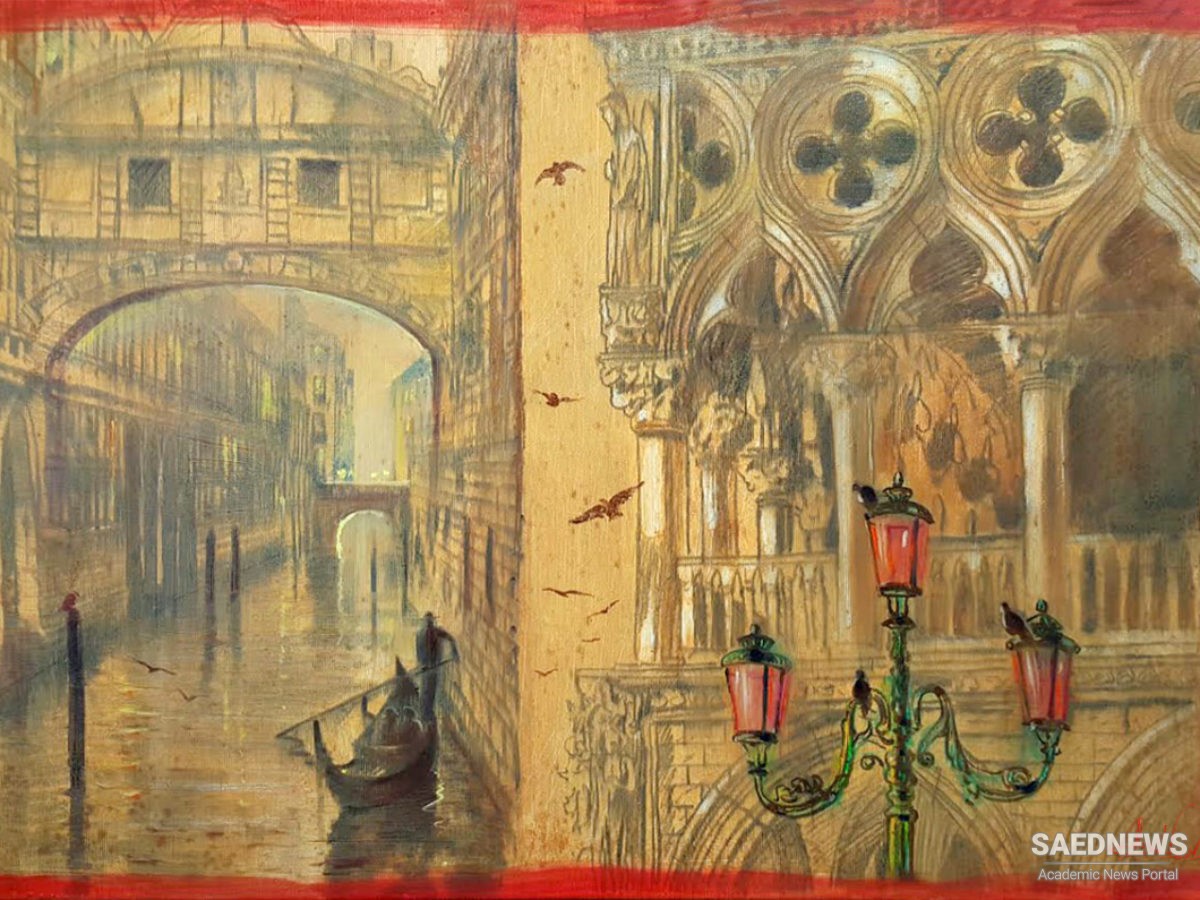Almost 500 concerti by Vivaldi survive. More than 300 are concerti for a solo instrument with string orchestra and continuo. Of these, approximately 230 are written for solo violin, 40 for bassoon, 25 for cello, 15 for oboe, and 10 for flute. There are also concerti for viola d’amore, recorder, mandolin, and other instruments. Vivaldi’s remaining concerti are either double concerti (including about 25 written for two violins), concerti grossi using three or more soloists, concerti ripieni (string concerti without a soloist), or chamber concerti for a group of instruments without orchestra. Vivaldi perfected the form of what would become the Classical three-movement concerto. Indeed, he helped establish the fast-slow-fast plan of the concerto’s three movements. Perhaps more importantly, Vivaldi was the first to employ regularly in his concerti the ritornello form, in which recurrent restatements of a refrain alternate with more episodic passages featuring a solo instrument. Vivaldi’s bold juxtapositions of the refrains (ritornelli) and the solo passages opened new possibilities for virtuosic display by solo instrumentalists. The fast movements in his concerti are notable for their rhythmic drive and the boldness of their themes, while the slow movements often present the character of arias written for the solo instrument. Several of Vivaldi’s concerti have picturesque or allusive titles. Four of them, the cycle of violin concerti entitled The Four Seasons (Opus 8, no. 1–4), are programmatic in a thoroughgoing fashion, with each concerto depicting a different season of the year, starting with spring. Vivaldi’s effective representation of the sounds of nature inaugurated a tradition to which works such as Ludwig van Beethoven’s Pastoral Symphony belong. Vivaldi also left more than 90 sonatas, mainly for stringed instruments. More than 50 authentic sacred vocal compositions by Vivaldi are extant. They range from short hymns for solo voices to oratorios and elaborate psalm settings in several movements for double choir and orchestra. He composed some 50 operas (16 of which survived in their entirety) as well as nearly 40 cantatas. Many of Vivaldi’s vocal works exhibit a spiritual depth and a command of counterpoint equal to the best of their time. Moreover, the mutual independence of voices and instruments often anticipates the later symphonic masses of Joseph Haydn and Wolfgang Amadeus Mozart.


 Antonio Vivaldi: Birth of a Musical Genius
Antonio Vivaldi: Birth of a Musical Genius














































